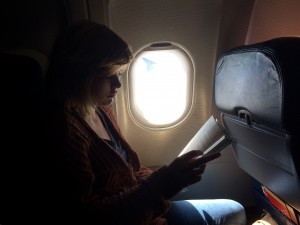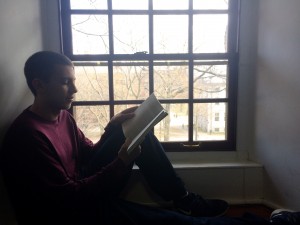Mar
21
Week 5: Communities of Interpretation
March 21, 2016 | Comments Off on Week 5: Communities of Interpretation




This week, we discussed communities of interpretation within the Muslim world. After the death of the Prophet Muhammad, the issue of succession became a major point of contention among his followers. This led to the first and largest split in Islam: the division between those who endorsed the historical caliphate, subsequently named the Sunni, and those who believed that Ali was the legitimate and designated successor to the Prophet, called the Shia. In “Diversity in Islam: Communities of Interpretation”, Farhad Daftary writes, “In time, the Sunni and Shias themselves were subdivided into a number of smaller communities and groupings with particular theological and legal doctrines that evolved gradually over several centuries. In addition to the Sunnis and the Shia, other communities of interpretation in the form of religio-political movements or schools of thought began to appear among the early Muslims during this formative period” (161).
I find the idea of communities of interpretation to be fascinating, and I think that it ties in to the idea of varied individual interpretations of religion in an interesting way. Different people, or different groups of people, can take varied, or even opposing, ideas out of the same source material. This is especially evident in the wide range of individual and cultural interpretations of Islam visible throughout the world today.
I wanted to represent the essential idea of communities of interpretation through this photo set. Each picture features a different individual, who can represent either an individual in the Muslim world or a larger group. Each photo is set in a different location, symbolizing the wide variety of backgrounds and cultural contexts that exist within the world of Islam, and which can affect an individual’s or a group’s interpretation of religion. There are windows illuminating each setting, as light is a major symbol in Islam, particularly in the form of the Light of the Prophet. Each person is reading a book, which can be seen as a representation of the Qur’an or as a generic representation of any religious scripture; the different colored sweaters worn by each person are symbols of outward manifestations of varied interpretations of the same source.